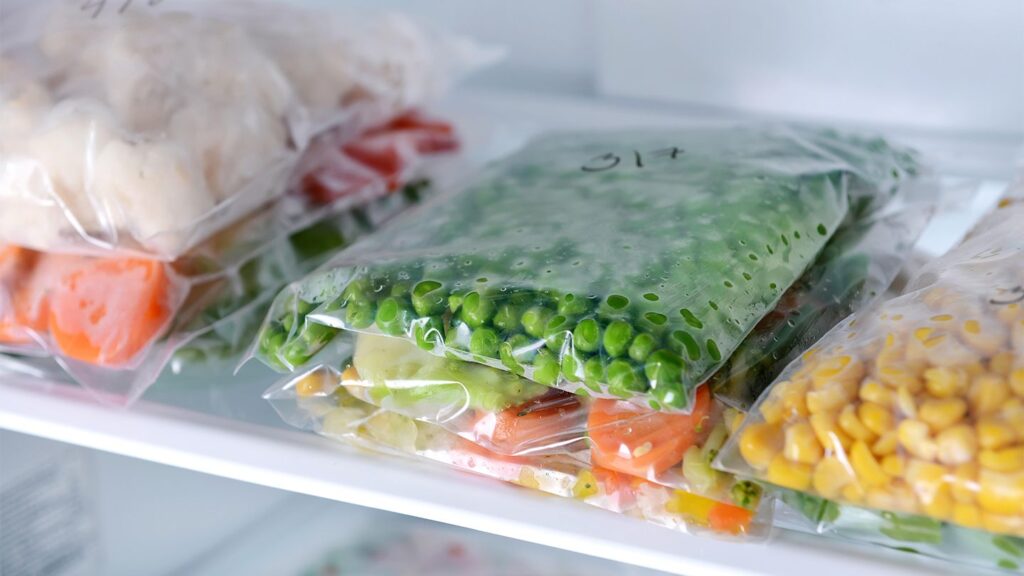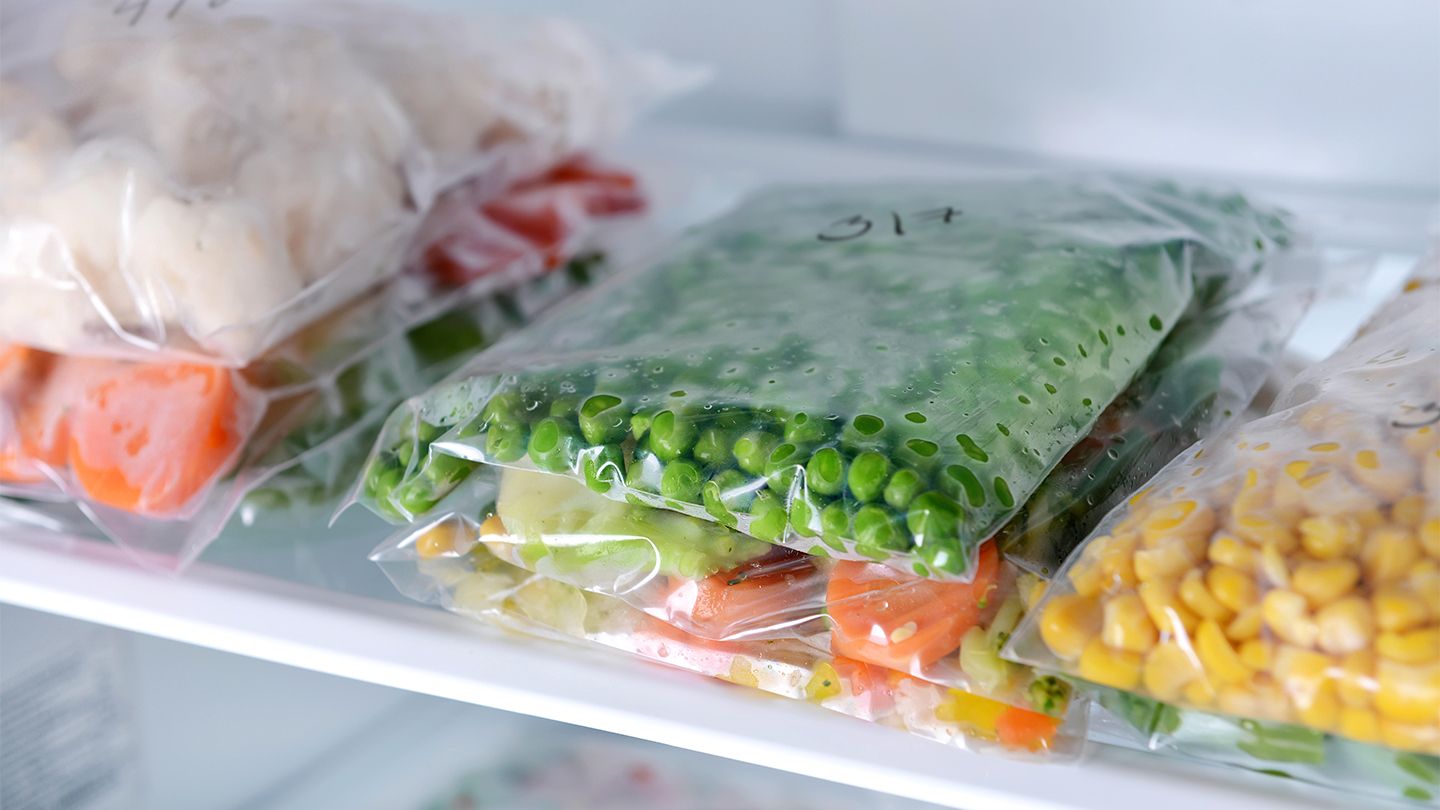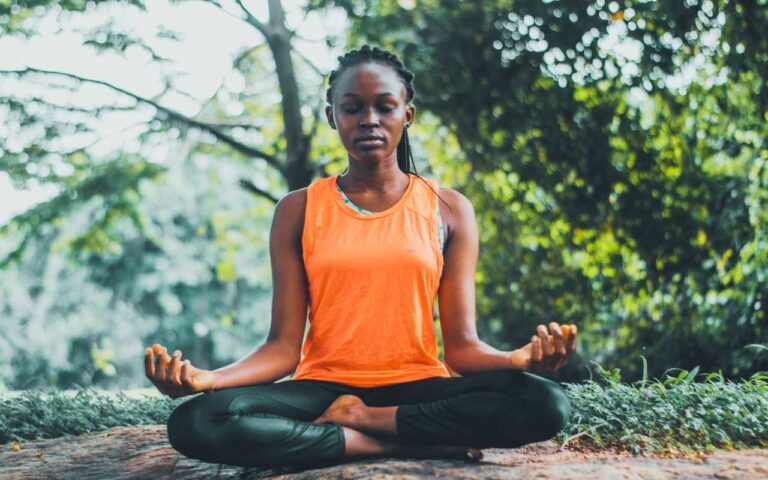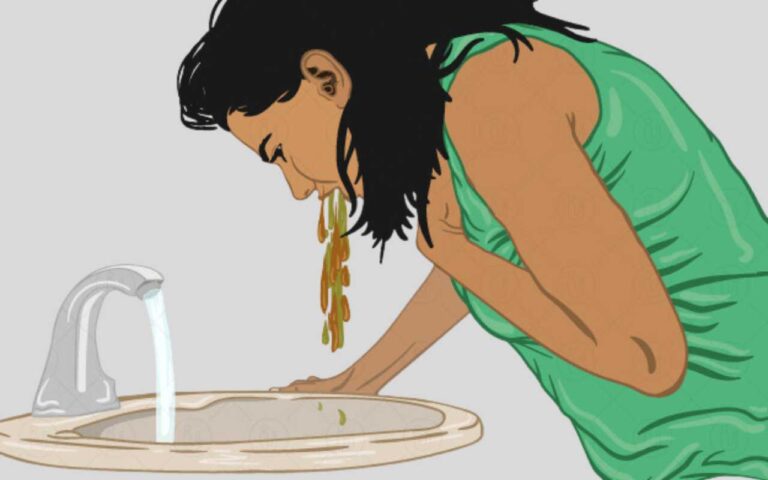Freezing Vegetables: Is It OK? Essential Tips
Freezing Vegetables: Freezing is a quick and easy way to keep food fresh at home. Frozen foods are ready to eat, saving you time. They also keep most of their nutrients, just like fresh produce.
To get the best taste and quality, it’s important to freeze correctly. This article will guide you through the steps. You’ll learn how to prepare, blanch, package, and store your vegetables. This way, you can enjoy your frozen veggies while keeping them nutritious and fresh.
Introduction to Freezing Vegetables
Freezing is a great way to keep vegetables fresh and full of flavor. It lets you enjoy summer veggies all year. Frozen veggies are packed with vitamins and minerals, making them a healthy choice.
Benefits of Freezing Produce
Freezing has many benefits of freezing vegetables. It:
- Keeps veggies fresh and flavorful
- Preserves most nutrients, like vitamins and minerals
- Extends the life of your produce
- Makes meal prep easy and flexible
- Helps reduce food waste by using produce when it’s best
Preserving Nutritional Value
Freezing veggies right can keep their nutritional value high. The freezing process slows down nutrient loss. This means you can enjoy the health benefits of your favorite veggies all year.
“Freezing preservation is deemed superior to canning and dehydration for retaining sensory attributes and nutritive properties in fruits and vegetables.”
Knowing the advantages of frozen produce and how to freeze it right can enhance your frozen veggie collection. Enjoy the convenience and health benefits they offer.
Preparation for Successful Freezing
Getting your vegetables ready for freezing is crucial. Make sure your work area, tools, and hands are clean. Wash all veggies under cold water, using a soft brush to get rid of dirt. (Freezing Vegetables)
Blanching Techniques
Blanching is a must for most veggies before freezing. It involves boiling or steaming them briefly, then cooling them in ice water. This step stops enzymes, removes dirt, and keeps the veggies’ color, taste, and texture.
The water blanching time depends on the veggie. Artichokes need 7 minutes, while asparagus takes 2-4 minutes. Steam blanching is about 1½ times longer than water blanching.
- Water blanching: Boil a big pot of water. Put the veggies in and blanch for the right time. Then, cool them in ice water.
- Steam blanching: Put the veggies in a steamer basket over boiling water. Steam for the right time, then cool in ice water.
Blanching is key to preparing vegetables for freezing. It also helps preserve the nutritional value of your veggies. Follow the right steps for blanching to get the best quality frozen veggies.
“Blanching is a critical step for most vegetables before freezing. It helps deactivate enzymes, remove surface impurities, and preserve the vegetable’s color, flavor, and texture.”

Factors Affecting Quality in Frozen Vegetables
Several important factors affect the quality of frozen vegetables. The role of enzymes and the need for proper blanching are key. (Freezing Vegetables)
Enzyme Activity and Blanching
Enzymes in plants can change color, flavor, and nutrients even after freezing. Without blanching, these enzymes can cause color loss, off-flavors, and nutrient decline in frozen produce.
Blanching, or briefly boiling or steaming vegetables, is crucial. It stops enzymes from degrading texture, color, and flavor over time. This helps preserve the quality of frozen vegetables.
| Factors Affecting Quality of Frozen Vegetables | Impact |
|---|---|
| Enzyme Activity | Can cause changes in color, flavor, and nutrient content |
| Blanching | Inactivates enzymes to preserve quality |
| Air Exposure | Leads to oxidation and freezer burn |
| Microorganisms | Can cause spoilage and safety concerns |
| Ice Crystal Formation | Impacts texture and moisture content |
| Moisture Loss | Can result in drying and textural changes |
Understanding these factors helps ensure your frozen vegetables stay fresh. They will retain their color, flavor, and nutrients.
“Proper blanching is crucial to preserving the quality of frozen vegetables. Without it, enzymes can continue to cause undesirable changes in color, flavor, and nutrient content.” (Freezing Vegetables)
Managing Air Exposure and Microorganisms
Keeping frozen vegetables safe and fresh is key. We must prevent air from getting in and manage microorganisms. Air can cause browning and other issues. So, it’s important to use packaging that seals tightly.
Freezing doesn’t kill most germs, but it stops them from growing at very cold temperatures. To keep frozen veggies clean, we need to wash, sanitize, and blanch them well. This helps reduce harmful bacteria and other microorganisms.
- Proper packaging that creates an airtight seal is essential to protect frozen vegetables from air exposure.
- Freezing does not kill most microorganisms, but it prevents their growth at 0°F (-17°C) or lower.
- Thorough cleaning, sanitizing, and effective blanching techniques are necessary to minimize the presence of bacteria, molds, and yeasts in frozen produce.
Importance of Rapid Freezing and Small Ice Crystals
To freeze quickly, don’t overload the freezer. Overloading slows down freezing and leads to bigger ice crystals. Rapid freezing leads to the formation of smaller ice crystals which cause less damage to cell walls in foods.
Slow freezing, on the other hand, creates large ice crystals. These can break through cell membranes. This results in more dripping and loss of liquid when thawed. Slow freezing generates larger ice crystals that puncture through cell membranes, leading to poor-quality frozen products.
| Rapid Freezing | Slow Freezing |
|---|---|
| Smaller ice crystals | Larger ice crystals |
| Less damage to cell walls | Puncture through cell membranes |
| Better texture and quality | Poorer texture and quality |
To get the best-frozen vegetables, follow rapid freezing practices. Freeze only what can freeze in 24 hours. Use 2-3 pounds of food per cubic foot of freezer space. Keep the freezer at 0 degrees Fahrenheit or lower.
What is Body Mass Index (BMI) : How to maintain it?
Preventing Moisture Loss and Freezer Burn
Proper packaging is key to keeping your frozen veggies fresh. Choose materials that stop moisture and are strong and leak-proof. Bags made for freezing or rigid containers are great choices.
Cool or chill your veggies before packing. Make sure to leave space for them to expand. Also, remove as much air as you can to protect them from the freezer’s dryness.
Proper Packaging Materials
- Plastic bags labeled for freezing
- Rigid plastic containers designed for freezer storage
- Durable, moisture-resistant, and leak-proof materials
Tips for Packing Vegetables
- Cool or chill the vegetables before packing
- Leave the recommended headspace for expansion
- Remove as much air as possible from the packages
- Properly label the packages with contents, date, and other key information
By following these tips, you can keep your frozen veggies fresh and tasty. Good packaging is essential for enjoying frozen produce.
| Packaging Material | Advantages | Disadvantages |
|---|---|---|
| Plastic Bags | – Inexpensive – Lightweight – Readily available | – Less durable – Can be prone to leaks |
| Rigid Plastic Containers | – Sturdier – Resistant to moisture and vapor – Reusable | – More expensive – Heavier to store |
is it ok to freeze vegetables?
Freezing is a safe and effective way to keep vegetables fresh for later. It helps keep the taste, texture, and nutrients of fresh produce. Just make sure to follow the right steps, like blanching and proper packaging, to keep the quality and safety of frozen veggies.
Freezing veggies lets you enjoy your favorites all year. Frozen veggies can be a healthy choice if you freeze and store them right. By using the right techniques, your frozen veggies will stay safe and full of nutrients. (How long can you freeze vegetables)
Proper Preparation for Freezing
Before freezing, prepare your veggies well. This means washing, trimming, and blanching them. Blanching stops enzymes that can ruin flavor and color during freezing. The blanching time varies by veggie, but it’s key for keeping quality. (Freezing Vegetables)
Also, pack veggies in airtight containers or bags to avoid freezer burn and moisture loss. Air can cause bad flavors and texture changes, so remove as much air as you can before sealing.
Storing Frozen Vegetables Safely
After preparing and packaging your veggies, store them in the freezer at the right temperature. The USDA says to keep the freezer at 0°F (-18°C) or lower for safe and quality frozen foods, including veggies.
Frozen veggies can last 8 to 12 months, depending on the type. Follow storage tips, like using the oldest packages first and not opening the freezer too much, to keep your veggies fresh and safe. (Freezing Vegetables)
In summary, freezing is a safe and effective way to keep your favorite veggies fresh and nutritious. By following the right steps for preparation, packaging, and storage, you can enjoy the benefits of frozen produce all year. (How long can you freeze cooked vegetables)
Blanching Times for Common Vegetables
Getting the right blanching times is key for top-notch frozen veggies. Whether you use water or steam blanching, knowing the right times for each veggie is vital. It helps keep their texture, color, and nutrients just right.
Water Blanching vs. Steam Blanching
Water blanching is common, but steam is better for delicate veggies. It avoids a soggy texture. Steam blanching takes about 1 1/2 times longer than water blanching. Always use the correct time and method for each veggie to get the best results. (Best vegetables to freeze)
| Vegetable | Water Blanching Time (minutes) | Steam Blanching Time (minutes) |
|---|---|---|
| Asparagus | 2-4 | – |
| Broccoli | 3 | 3.5 |
| Carrots | 5 | – |
| Corn | 7-11 | – |
| Mushrooms | – | 5-6 |
Don’t over-blanch, as it can make veggies mushy and lose nutrients. Stick to the recommended times. Also, cool them down quickly in ice water to stop overcooking.
With the right blanching methods and times, your frozen veggies will stay fresh, tasty, and full of nutrients. (Freezing Vegetables)
Storage Guidelines for Frozen Vegetables
To keep your frozen vegetables fresh, store them at 0°F (-17°C) or lower. Changes in temperature can cause ice crystals and freezer burn. This can ruin the taste and texture of your veggies. Most frozen vegetables last 8 to 12 months, but this can vary by type. (Freezing Vegetables)
Using a freezer thermometer is key to keeping your freezer at the right temperature. Don’t overpack your freezer, as this can block air and cause uneven temperatures. Also, try not to open the freezer door too often to keep it cold and prevent frost. (How to freeze fresh vegetables at home without blanching)








One Comment